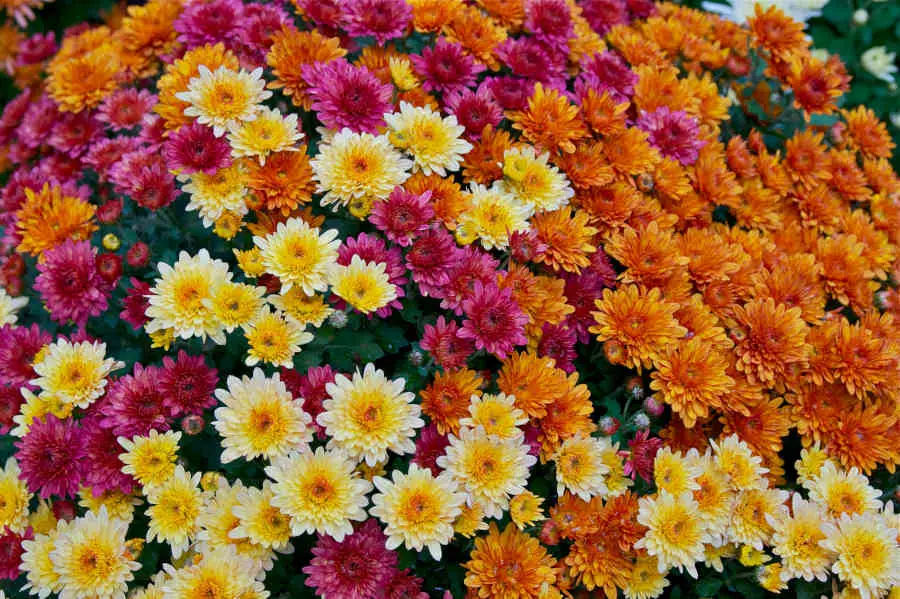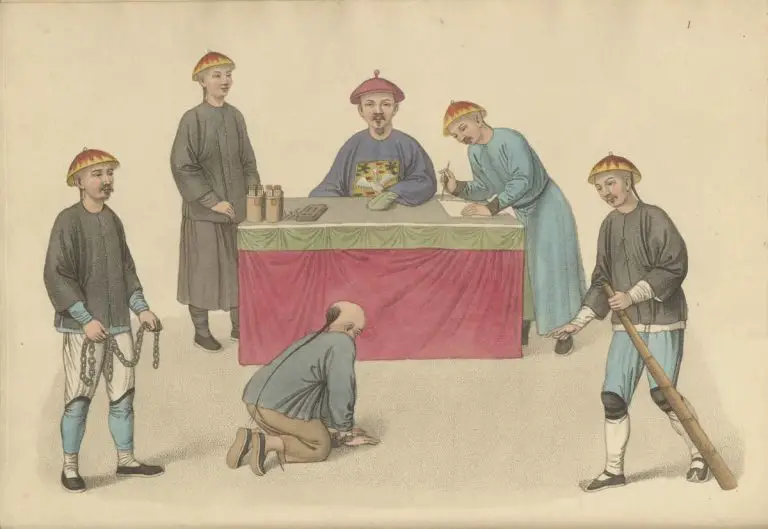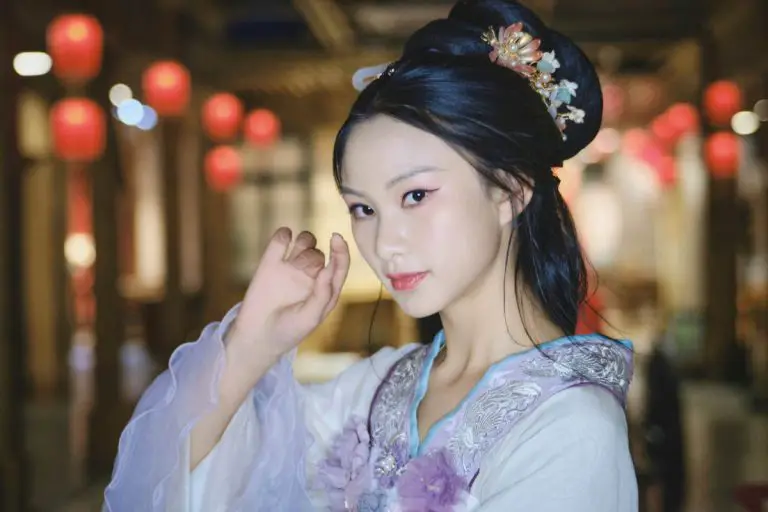The Chung Yeung Festival (重節) (重节), or also called Double Ninth Festival, is one of the oldest and most important festivals in China.
However, it is also celebrated in Hong Kong, Macau, Taiwan, and many other countries in Asia. In some countries, the festival is called with different names, like Chōyō in Japan, and Jungyangjeol in Korea.
It is called the Double Ninth Festival (“Chung” in Chinese means double) because it is held on the ninth day of the ninth month of the Chinese lunar calendar.
All festivals in Chinese culture have their own unique origins, traditions, and unique activities as the essences of the festivals themselves. For the Chung Yeung Festival, one of the key traditions is that it is a special day of ancestor memorials. On this holiday, many Chinese visit the graves of their ancestors to pay their respects.
History of The Chung Yeung Festival
As discussed, the Chung Yeung Festival is regarded as one of the oldest festivals in China, and the history behind can be traced back to more than 2,000 years ago, to the times of the Warring States Period (475-221 BC).
During this time, however, the Double Ninth Festival was only celebrated by the Emperor and nobles and is only celebrated inside the Imperial Palace. In this period, the Chung Yeung Festival was mainly a worship ritual for a star that today we know as “Antares”, the brightest star in the Scorpio constellation.
The star, back then, was created as a god because its presence marks the change of seasons. The star was believed to bring abundance in harvest and soil fertility. In other words, the festival back then was celebrated to worship and prevent the wrath of their god.
Entering the period of the Han Dynasty (202 BC – 220 AD), this festival was now more widely celebrated, including by common people. According to some historians, one of the concubines of Emperor Gaozu was persecuted by the Empress and banished from the Imperial Palace.
This concubine then married a commoner and lived as a commoner, while telling others the traditions and cultures celebrated in the Imperial Palace. This is how the tradition of the Double Ninth festival spread to commoners.
The Chung Yeung Festival continued to be celebrated and became even more popular during the Three Kingdoms period (220-280AD) and the Jin Dynasty period (266-420 AD). It is during the Jin Dynasty that the traditions of drinking Chrysanthemum Wine and wearing Zhu Yu (Dogwood plant) were introduced.
During the Tang Dynasty (618-907 AD), the festival became one of the most celebrated festivals as it is today with various activities (that we will discuss in the next sections).
The Legend Behind The Cheung Yeung Festival
As with many other festivals in China, there are various legends and folklore behind the Cheung Yeung Festival. However, the most popular one that is known by most Chinese is the legend of Huan Jing, a demon-slaying warrior.
According to this legend, during the reign of the Eastern Han Dynasty, there was a demon that brought pestilence into the land. This demon brought a plague to contaminate the Ruhe river, causing those who lived near the Ruhe river to become sick. Many have died due to the plague as a result, and long story short, this plague and the demon brought so many sufferings to people in that era.
In the middle of this disastrous time lived someone named Huan Jing.
Just like many other commoners, Huan Jing’s parents died due to the plague brought by the demon. Huan Jing swore for revenge and looked for ways to stop the demon’s evil tidings. Huan Jing heard that an immortal hermit possessed incredible powers capable of killing the demon, so Huan Jing looked for this hermit, who was said to live in a remote mountain.
An Introduction to Chinese History & Culture (Aff.link)
Dive into China’s rich past and intriguing present! From ancient dynasties to modern powerhouses, uncover Chinese culture facts, pivotal moments, and the captivating tales that have shaped this vast nation.
Although it took Huan Jing some time and serious efforts, finally Huan Jing found the hermit in the middle of the mountain. The hermit was touched by Huan Jing’s story and his persistence and decided to teach magical arts and swordsmanship to Huan Jung so he can fight the demon.
Huan Jing trained under the immortal hermit and became very good in swordsmanship and magic, Once the hermit felt that Huan Jing was already strong enough, he told Huan jing that the demon will once again attack the village on the ninth day of the ninth month, so the hermit told Huan Jing to hurry back to the village.
The Hermit gave Huan Jing a magical sword capable of slaying the demon. Also, he told Huan Jing to wear a Zhu Yu (Dogwood) plant, and drink Chrysanthemum wine to protect himself before fighting the demon.
Once Huan Jing reached the village, he warned people about the return of the demon and told them to run to the mountains while wearing a necklace made of Zhu Yu and protect themselves by drinking Chrysanthemum wine.
The demon finally appeared from the Ruhe river, but become severely weakened by the smell of Zhu Yu and Chrysanthemum. Huan Jing took this opportunity to slay the demon and brought peace into the land.
Related reading: The Chrysanthemum in Chinese Culture and as Feng Shui Symbol – Opens in new tab
Traditions and Activities During the Double Ninth Festival
A lot of traditions and activities performed during the Chung Yeung festival were based on the Huan Jing legend above.
People often hiked to the mountains during the festival, and also use the time to visit and clean ancestors’ graves. Hiking during the Cheung Yeung Festival is often believed as an energy-cleansing ritual before they visit the ancestor graves. So, they believed that they’ll visit the graves with cleaner energy.
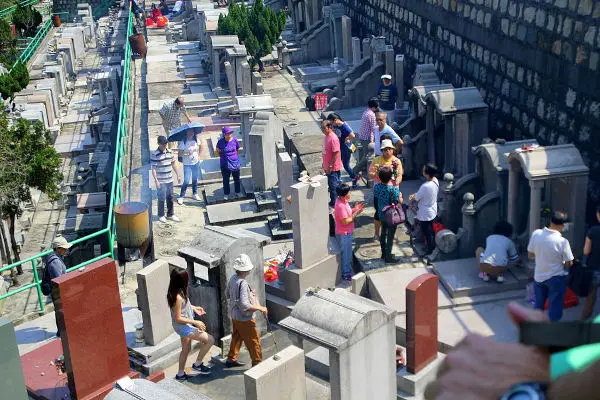
Chung Yeung Cake
Chung Yeung cake ( 重), or Chongyang Gao is a traditional cake eaten during this festival. This cake is mainly made of rice flour with layered textures, and in each layer, we’ll get toppings made of red beans, dried fruits, and other types of sweet toppings. To make it even more appealing, people often make the Chung Yeung cake in a flower shape.
Chrysanthemum Wine
The tradition of drinking Chrysanthemum wine during the Double Ninth Festival is based on the Huan Jing folklore we’ve told above. It is believed that the Chrysanthemum smell will weaken the demon that plagued Huan Jing’s village, and many Chinese people still drink Chrysanthemum wine during the festival as a remembrance for this story.
Many people also believe that drinking Chrysanthemum wine during the Double Ninth Festival can cleanse negative energy from the body and soul and ward off bad luck. Chrysanthemum in Chinese culture and in Feng Shui is also a symbol of longevity and good health.
Wearing accessories made of Zhu Yu (Dogwood) plant
Zhu Yu or dogwood plant is a very important part of the Cheung Yeung Festival tradition. The tradition also originated from the Huan Jiang folklore.
Same with Chrysanthemum, many believe that the Zhu Yu (Dogwood) plant is effective in cleansing negative energy and ward off evil. While traditionally people wear the Dogwood plant as a necklace, now it comes in many different forms of accessories.
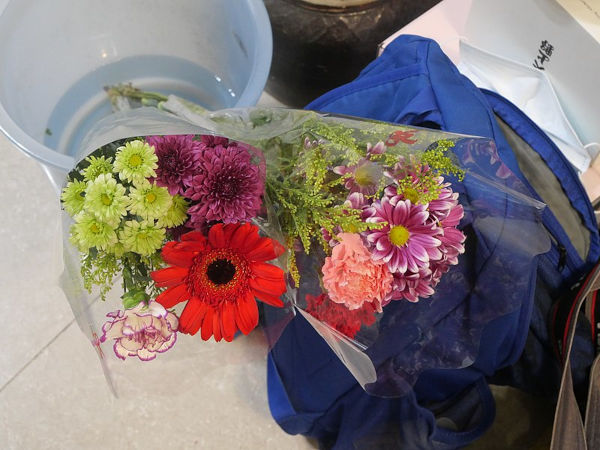
Chung Yeung Festival In Other Countries
The Double Ninth Festival is not exclusively celebrated in China, but also in many different countries and cultures that use the lunar calendar. While there are several differences in each culture and country, all of these variations are celebrated on the ninth day and ninth month of the Lunar calendar.
Here are some of the variations of the Chung Yeung Festival celebrated in other countries.
Choyo Festival, Japan
The Choyo festival in Japan is also called Kiku no Sekku, or literally translated into “Chrysanthemum Festival”. The Choyo Festival is also celebrated as a ritual to ward off evil, just like the Chung Yeung Festival in China, but there are some differences in celebrating the Japanese version of the festival.
There are many different legends behind the Choyo Festival, but the most famous one is called The Tale of Kankei. In this legend, Kankei is someone who lived in China, and he heard of a prophecy from a fortune teller that on the ninth day of the ninth month, a disaster will strike his family. To ward off this bad luck, he is told to hike the tallest mountain near him and drink Chrysanthemum wine.
The festival became a country-wide tradition in the Heian Period (794-1185 AD). In this period, only the emperor and the nobles can plant and see Chrysanthemum, but along with time, the plant also spread amongst the commoners.
We can see that both the Choyo festival and the Chinese Double Ninth Festival have a similarity in their use of Chrysanthemum wine, but rather than the Cheung Yeung cake, the Japanese use a savory dish based on rice mixed with chestnut and salt. In some areas in Japan, other foods are also often consumed during the festival, such as Chrysanthemum petals dipped in Japanese rice vinegar and eggplants.
Jungyangjeol, Korea
In Korea, the festival was already celebrated during the Goryeo dynasty (918-1392 AD) but was only celebrated by the Royal Court and nobles. Entering the Joseon dynasty (1392-1910 AD), during the reign of Sejong (1397-1450 AD), Jungyangjeol became the tradition celebrated by many commoners in Korea and the king established the ninth day of the ninth month as a national holiday, until this day.
Check out our “Free Culture Library“. We have compiled some great free resources, about Chinese culture, for your research.
Stay in Touch
 Join our newsletter by using the forms on this website or click here!
Join our newsletter by using the forms on this website or click here! Follow us on Google News
Follow us on Google News Follow us on Facebook
Follow us on Facebook
Featured Image by Jebulon from Wikimedia Commons

